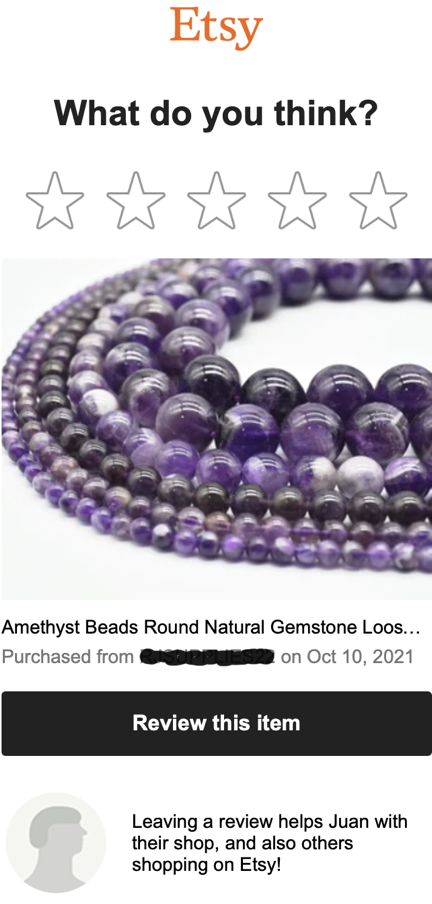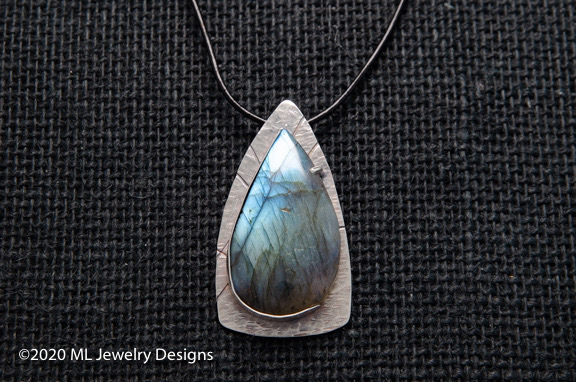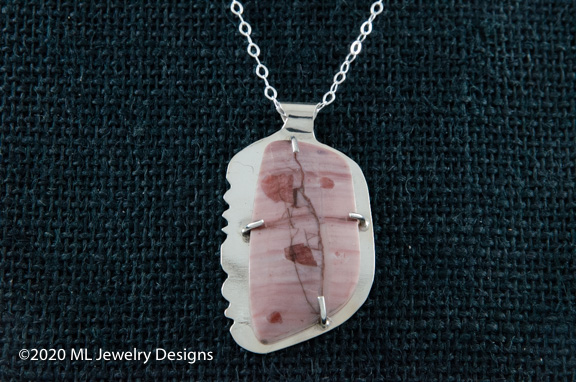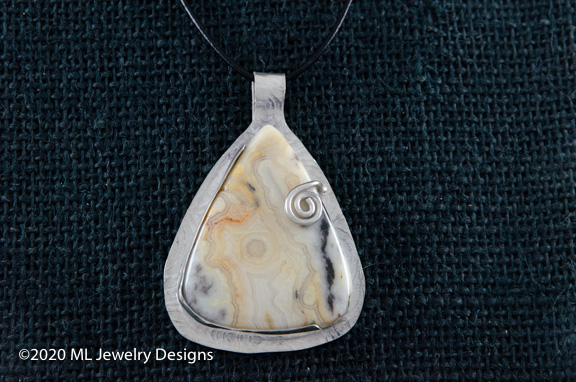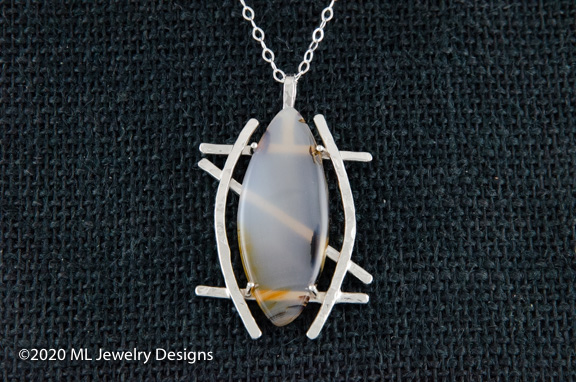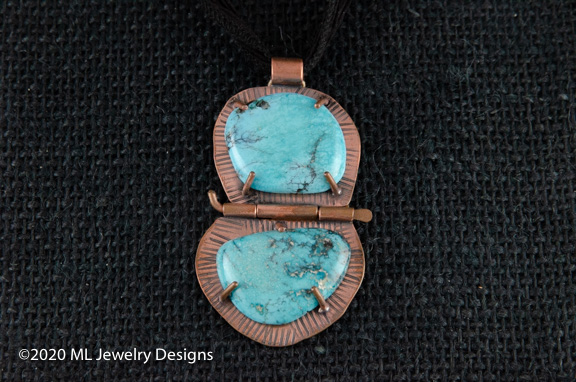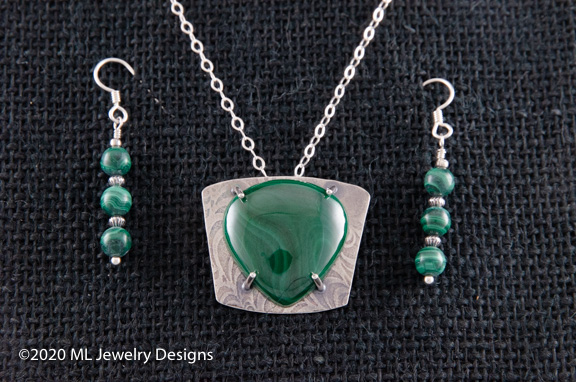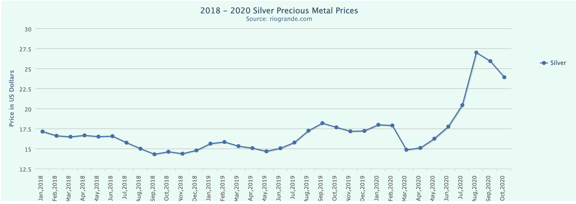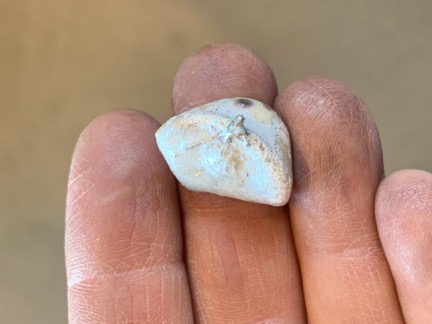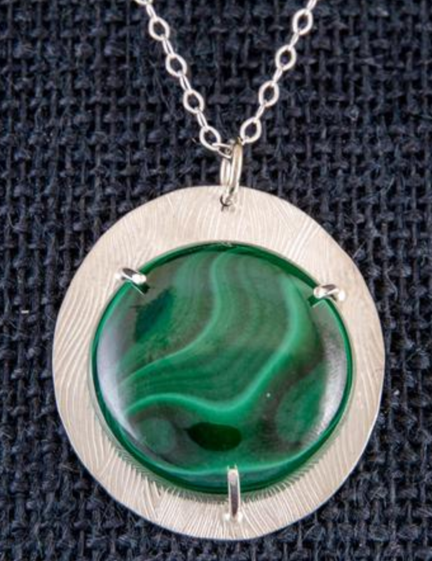My take on two examples of virus protection theater.
I went to two retail stores yesterday and saw both good and bad. The good was mostly on the part of customers; the bad (or dumb, at least) was mostly on the part of the retailers. I’ll try to keep this brief.
At Fred Meyer Supermarket
I do my grocery shopping early in the day when the supermarket is least crowded here. My local Fred Meyer has a “vulnerable person” shopping hour most mornings from opening at 7 AM to 8 AM. I don’t consider myself in that category — too young and not “at greater risk” — so I try to get there just after 8 AM.
I should mention here that I would use Fred Meyer’s curbside pickup service, but ordering my groceries and then waiting 2 to 3 days to pick them up just doesn’t work for me — especially since I invariably remember other things I need and can’t add them to my checked out (but not paid for) cart.
Yesterday I came prepared with disposable gloves and a homemade face mask. I was thrilled to see about half the other early shoppers also wearing masks and/or gloves. I was disappointed to see that the only store employee wearing a mask was the woman making sushi.
But the thing that bugged me? The fact that even after handling all of my groceries and the groceries and possibly cash and coupons from previous customers, the cashier refused to pack my reusable shopping bags. Apparently, this is a store policy. It’s okay for her to use her germy hands to pack my groceries in a dozen flimsy plastic store bags, but not okay for her to use the same germy hands to pack my bag because it might have — get this — germs on it.
Oh, and get this: she was wearing gloves.
And no, she wasn’t putting on a fresh pair of gloves between customers. Or after handling money.
And when I pointed all this out to her, trying to be as friendly as possible about it, she got very defensive. “Store policy,” she told me. “It protects me.” To which I wanted to reply “bullshit,” but kept my mouth shut. She’s on the front lines, after all. I hope she doesn’t really think that one pair of gloves that she wears all day long are protecting her.
So on my way out I stopped at the service desk to make two points:
- First was a request that every employee in the store who handles food or money wear a mask. I think that suggestion was well received.
- Second, was the point that the customer bag thing made no sense for the reasons I outlined above. “Store policy,” I was told. 🙄
Hey, Fred Meyer? How about giving this some real thought instead of engaging in virus protection theater?
At Home Depot
Last week, I ordered an odd tool from the Home Depot website. To save on the cost of shipping, I had it delivered to the store for pickup. I assumed — incorrectly, apparently — that it would be put on a truck to the store and get there within a few days. So when I went to pick up a lumber order, I was surprised that it wasn’t already there.
About that pickup last week. I went to the special orders desk where I waited on line behind another customer. Large empty bins had been set up in front of the counter so customers couldn’t get right up to it. I waited at least six feet behind the person there. When it was my turn, I stepped right up. I then waited at least 20 minutes for the two women there to get my order up on one of the three computers. This required them to laugh a lot about how slow the computers were, restart the computers one by one, use the intercom to call a lumber department guy, and use the phone to call someone who apparently knew how to use the computers they had been put in front of. Yes, my lumber order was ready but no, that tool had not arrived. That meant a second trip to the store. Okay.
That second trip to the store came yesterday. I immediately noticed a change in the front entrance. They’d put cones and tape out to funnel all customers into a narrow channel. We’d have to get our carts elsewhere; fortunately, I didn’t need one. A woman at the end of the funnel asked me if I needed to go to the service desk. When I said yes, she escorted me away from the mouth of the funnel and into a holding area with a chain across it to prevent me from wandering out. “I have to make sure there’s less than four people at the counter,” she told me.
Okay.
She went into the front of the store and yelled in. Someone yelled back. She came out and opened the hook on the chain to let me out of my pen. I walked into the store. There were no customers at the counter.
Okay.
It was the same woman at the desk who’d laughed about the slow computers the previous week. I gave her my name. I had to do it twice. (Langer, which I said and spelled, is apparently difficult for some people. Six whole letters, after all.) She finally found my order. It was in a padded UPS envelope.
I gawked. “They sent it UPS?” I asked.
“Yes.”
“Why didn’t they just send it to me?”
“You asked for store pickup, didn’t you?”
This blew my mind. Home Depot was shipping to its own stores by UPS without charging me anything for the shipment when they could just as easily send it to me to save me time and save their staff the bother of dealing with me and my (potential) germs.
I signed the keypad with a gloved hand, then tucked the envelope under my arm and headed back the way I’d come, to the door just 15 feet away.
“You can’t go out this way!” two women shouted almost in unison. “You have to go around to the main exit.”
“But the door is right here,” I said. “This is the way I came in.”
A third woman joined in. She was apparently the manager. I don’t remember exactly what she said, but she wasn’t going to let me exit through that door. Instead, she expected me to walk through the entire front of the store, past unmasked customers and staff, through the checkout area with more people in it, to go out a different door.
And have I mentioned that there were no customers at all near the entrance door I wanted to use? The door just 15 feet away?
An argument ensued with me pointing out the stupidity of what they were asking me to do. Honestly, I should have gone through anyway. What would they have done? Tackled me to the ground? But I walked where they told me to, holding my breath for most of the way, and left the store, likely for the last time.
Fortunately, we have a Lowes in town and I had a good experience with a lumber pickup from them two weeks ago. (I just ordered 100 edging stones from Lowes for pickup later this week. I know there won’t be any bullshit.)
So after spending at least $30,000 in my local Home Depot since 2013 — building supplies, appliances, cabinets, countertops, gardening supplies — I’m making the switch to Lowes. I have zero tolerance for stupidity and this was the apex of stupidity.
Virus Protection Theater
Making up stupid rules about shopping bags and special entrances is nothing more than virus protection theater. I equate it to the TSA not allowing more than 3.4 ounces of liquid in a container through security. The rule looks good and might sound good with their explanations, but when you think about the reality of it, it’s downright idiotic and can do more harm than good.
If you’re a retailer looking for ways to protect your employees and customers, it’s pretty simple:
- Provide cloth masks for your employees. (Leave the N95s for hospital staff and emergency medical workers.) Encourage, though the use of signs, your customers to wear cloth masks, too.
- Encourage, and where necessary, enforce a 6-foot rule for spacing between employees and customers. Reminder signs and floor markings where people line up should be enough.
- Prevent crowds in your store by, if necessary, limiting the number of people who enter. (I can only assume that’s what Home Depot’s fancy funnel was all about and I have to wonder who’s going to keep track of how many people are inside.)
That’s a good start. Don’t make stupid rules — don’t engage in virus protection theater.
